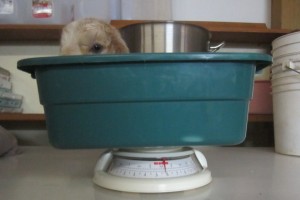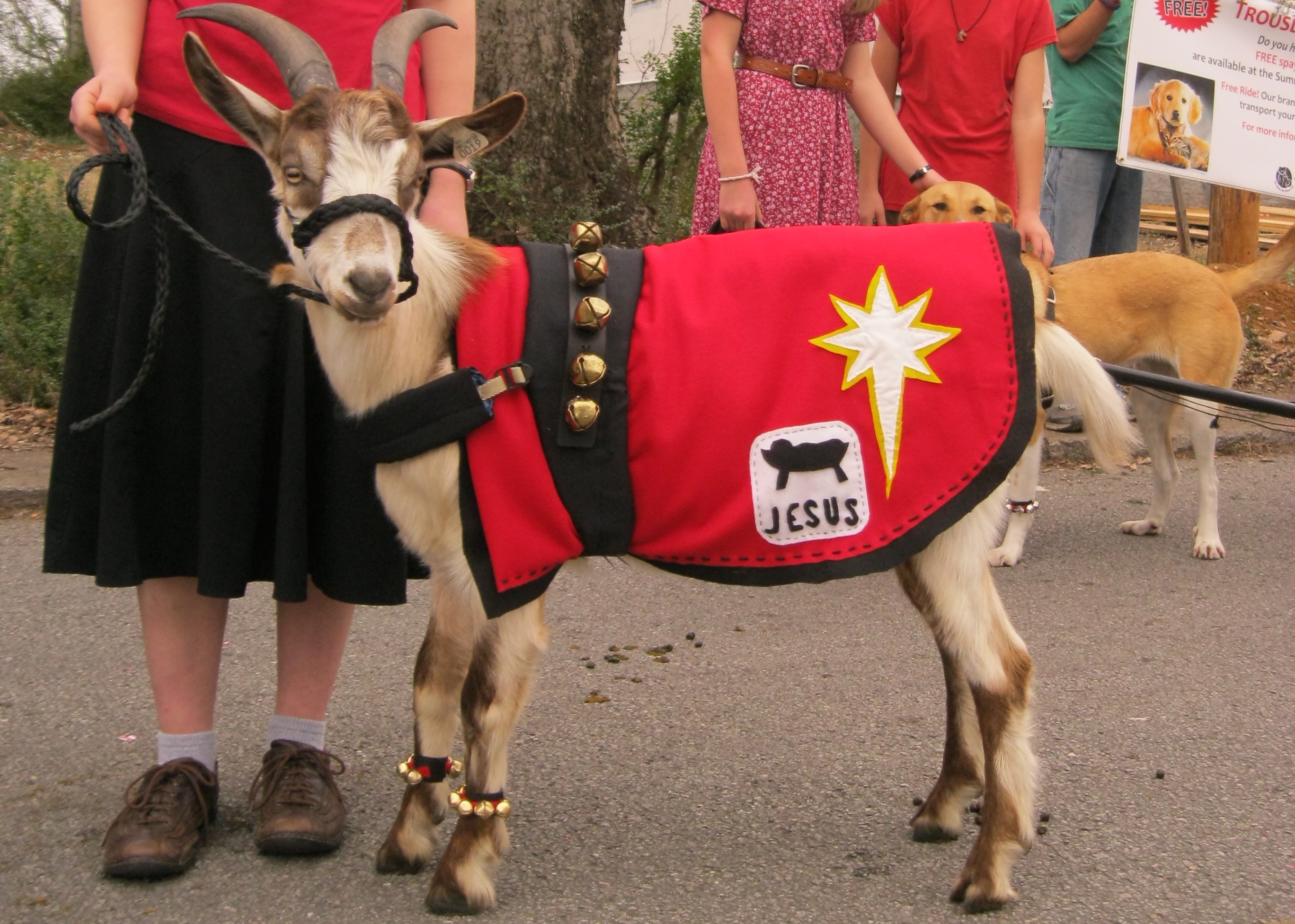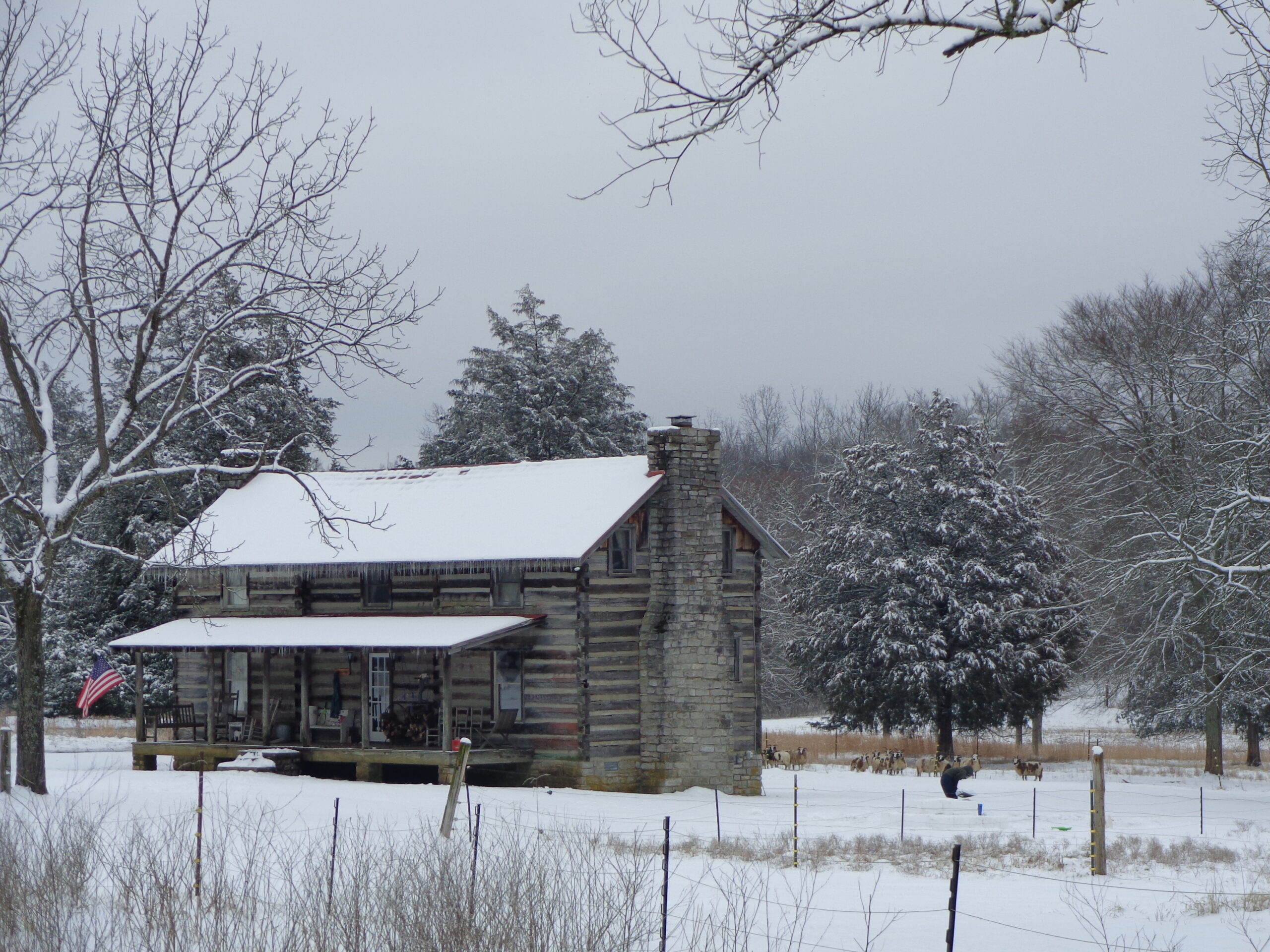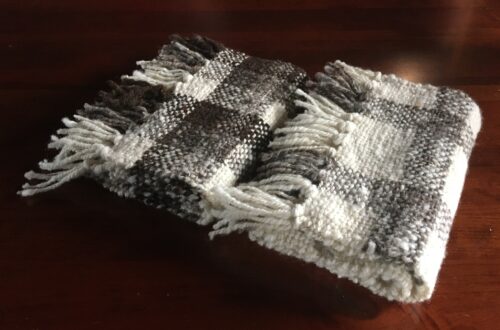No doubt the success (or lack thereof) of your goat farm over the coming year rests on a few short and crazy weeks called kidding season. For many people, this may be the most dreaded time of the year, but it does not have to be that way. By preparing a few weeks in advance and keeping your does in good health throughout their pregnancy, you will have much more time to sit back and cuddle with those cute babies when they finally arrive. Assuming that your does are already in good health, the next most important thing to prepare is a Kidding Kit. The last thing you want to be doing is running out at the last minute because you forgot something that you need for kidding season. Here is a list of some things that we have found important over over the years.
- Iodine for dipping umbilical cords
- Antiseptic lubricant in case you need to feel inside the doe to correct something (we have used mineral oil)
- Disposable sterile gloves
- Scissors to cut an extra long umbilical cords
- Scale to weigh the kids (we have used a kitchen scale in the past, but this year we are using an infant scale and it is wonderful!)
- Pen and paper to record each kid’s birth weight and other notes such as the order of the birth and sex of the kids, and which mommy they belong to
There are many, many more things that are handy to have around during kidding time, but this is just a list of some that we most frequently use. The other just as important factor to a good kidding season is having your facilities ready. That means you are prepared for any weather, and have a plan B and C too. There is nothing worse than losing kids because you did not properly prepare for their arrival. We like to have our does kid as early in the year as possible so that they are big enough to breed the coming fall and do well in shows. That means we have to be prepared for very cold weather. We also like to give each doe a separate pen to kid in and then let them and their kids bond for a few days away from the rest of the herd. Depending on what your facilities are and what time of year your does are kidding, being prepared could look very different for you. It is a good idea to have everything ready at least two weeks in advance of your first due date, so that you are prepared for any early births and your focus can be on the does.
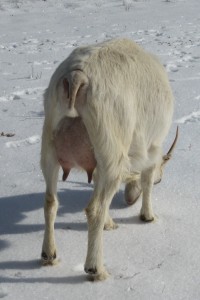
To prepare our does in the last two weeks before their due date, we start to increase their grain ration to what they need during their lactation. They also get the hair trimmed from their tail and udder to help keep them cleaner after kidding. This also helps before kidding to see udder development and the loosening of the tail ligaments and vulva, signs of impending birth. As their due date approaches, it is a best to keep the does in their kidding pen at least overnight and in bad weather. Our experience has been that putting them away far in advance though only stresses them and (consequently you) unnecessarily, so it is best to let them run with the herd as long as they can. That said, if you are not able to check on them frequently, it would be better to have them safe.
The birth itself is the climax of the kidding season. All your hopes and dreams are hanging on this moment. Is it a boy or girl, is it pretty colors, will the birth have complications, how many babies? Soon all will be made known. The first signs of labor can be easily missed to someone new to goats, but there are some things that you can look for. Most does will move away from the rest of the herd and look uncomfortable. In the early contractions, she will stiffen her hind legs and arch her back, moan or groan and sometimes cry out, and she may stretch, which helps get the kid into the right position. This can go on for hours before anything “big” happens, but is a good sign that it is time to put her in her kidding pen if she is not already there and keep a close eye on her. The second stage of labor can best be seen in this video of our doe, Bella, kidding.
After the kids are born, they should have their umbilical cord dipped in iodine, their weight recorded and then they need to be up on their feet and nursing right away. For some of the large-teated dairy does, you may need to help the kid get the teat into its mouth. As a special treat for the doe, we like to give them 1/4 cup of molasses in a bowl of warm water. Most of our does suck it right down and it helps to replace some of the fluid that they lost during the birth. The final stage of the birth comes after the kids are born when the doe sheds the placenta (afterbirth). She should do this in the first few hours after the birth, but you may not see it because most does will eat it. If you do see it hanging out, don’t pull on it or you could cause the doe to hemorrhage.
Now, all that is left for you to do is to cuddle those sweet kids, and praise God for the miracle of birth!
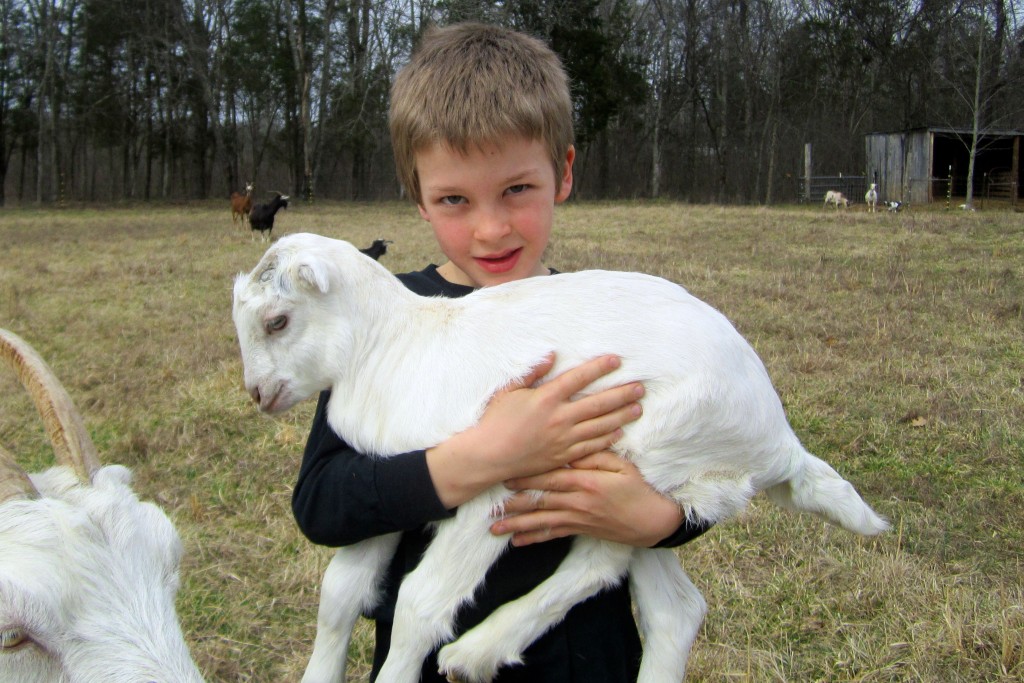
Written by Lenore Thorne

